Growth Hormone for Joints
I want to warn you right away: I will not give specific recommendations here – in any case, the procedure should be conducted by an experienced specialist who knows exactly what they are doing. I am merely informing you that this option exists.
Local Injections
It must be said that you will need a lot of growth hormone: the first injection is administered directly into the damaged joint (again: this should be done only by a specialist), and its volume ranges from 15-30 IU – the specific dose is calculated depending on the degree of damage and which joint is being injected.
A local injection of growth hormone sharply stimulates the synthesis of IGF-1 precisely at the site of injury, and healing proceeds at an accelerated pace. The joint should be immobilized both during the injection and for some time afterward. Additionally, it is good to perform supportive and restorative procedures – at least a basic massage.
Systemic Injections
For some time after the main procedure, it is worth administering systemic injections of growth hormone: initially 2-4 IU daily, and approximately after 1-2 weeks, you can switch to injections of the same volume every other day. This method is also applicable for the recovery of damaged ligaments (not torn – surgical intervention is required in that case).
The best results were achieved for wrist joints, but knee and elbow joints are also successfully treatable. "Successfully" in this context means that recovery occurs in 95 percent of cases.
Combined Use of Growth Hormone and AAS
To enhance the regenerative effect, you can use androgenic anabolic steroids – the ideal choice would be nandrolone decanoate.
AAS injections are administered systemically, not locally, for 2-3 months after treatment with growth hormone (if the damage was serious; for minor damage, the AAS "course" can be significantly shortened).
Treatment and Strengthening of Ligaments and Muscles with Growth Hormone
If it is a matter of treating ligaments, you can manage with systemic injections of growth hormone alone. Moreover, such injections will help in the faster recovery from tears and muscle ruptures.
In 2010, the results of a study were published showing that injections of 2.5 IU of growth hormone during the first week and 4 IU of growth hormone during the second week resulted in a sixfold increase in collagen synthesis in ligaments and muscles.
Also read Collagen Against Skin Aging
Thus, growth hormone allows reducing the recovery time after injuries by up to half. And by the way: more in this case does not mean better. Using growth hormone doses higher than those mentioned above for the treatment of injuries will not only not help but will most likely cause harm.
I emphasize: if the usual recovery period after an injury is, for example, 2-3 months, growth hormone will allow recovery in 4-6 weeks. But not in 2 weeks, as often as gym enthusiasts deprived of their workouts might wish.
Then follows the cessation of injections and a hasty return to the gym, which usually leads to a new injury of the ligaments or joint that has not yet fully recovered. Remember: haste harms! And finally, one more thing.
Growth hormone also provides significant assistance in healing wounds – both gunshot and inflicted by cold weapons. But I hope you will be able to avoid such wounds throughout your life.

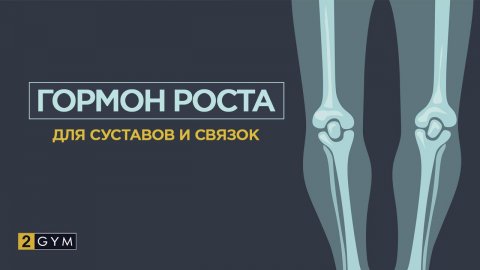









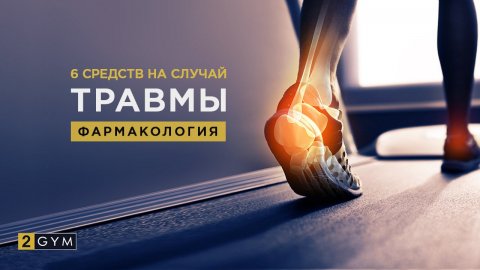
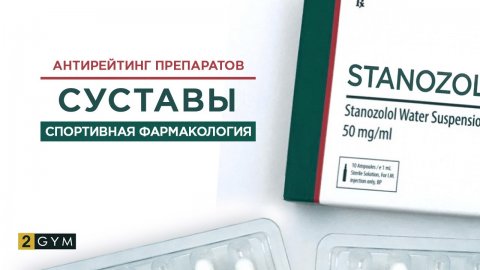
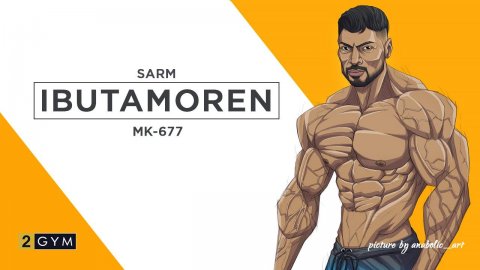
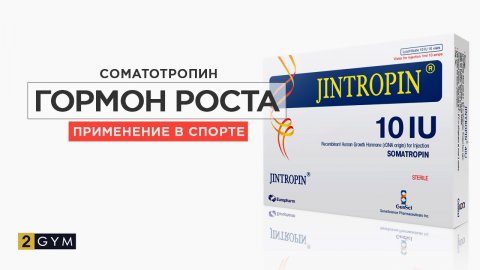
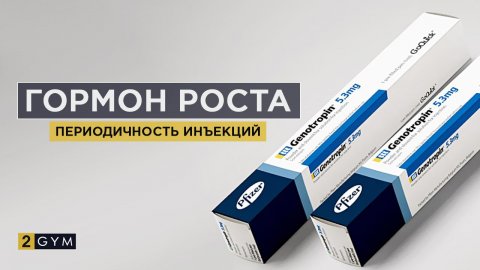
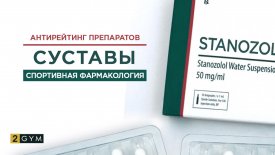
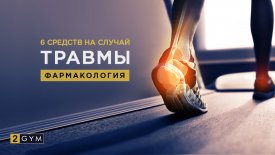
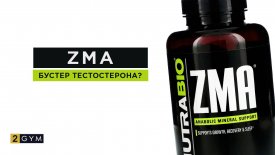

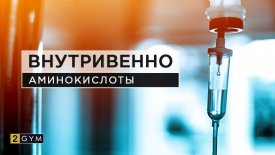


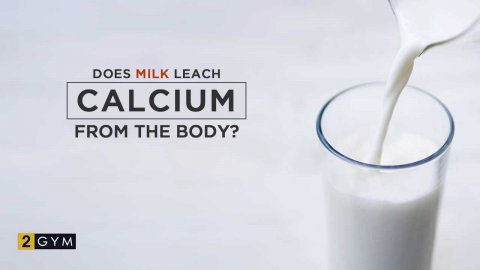


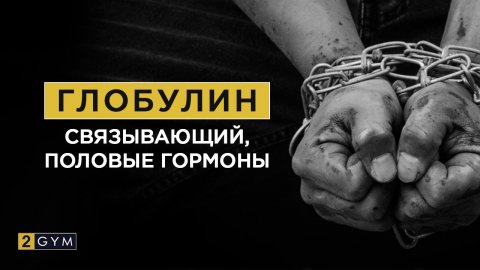

Log in with ( Sign Up ? )
or post as a guest
Но у них проблемы с суставами до определенной степени напоминают те, которые сопровождают артрит. Так что попробовать можно.
This isoform of IGF-1 is called IGF-1Ea and is practically no different from its “brother” produced in the liver - this is if you compare their molecules.
How much is this a lot? Will half a year be enough? I’m also thinking of connecting TV500 to 2000 mg along with growth hormone, deca and testosterone, I think I’ll recover quickly